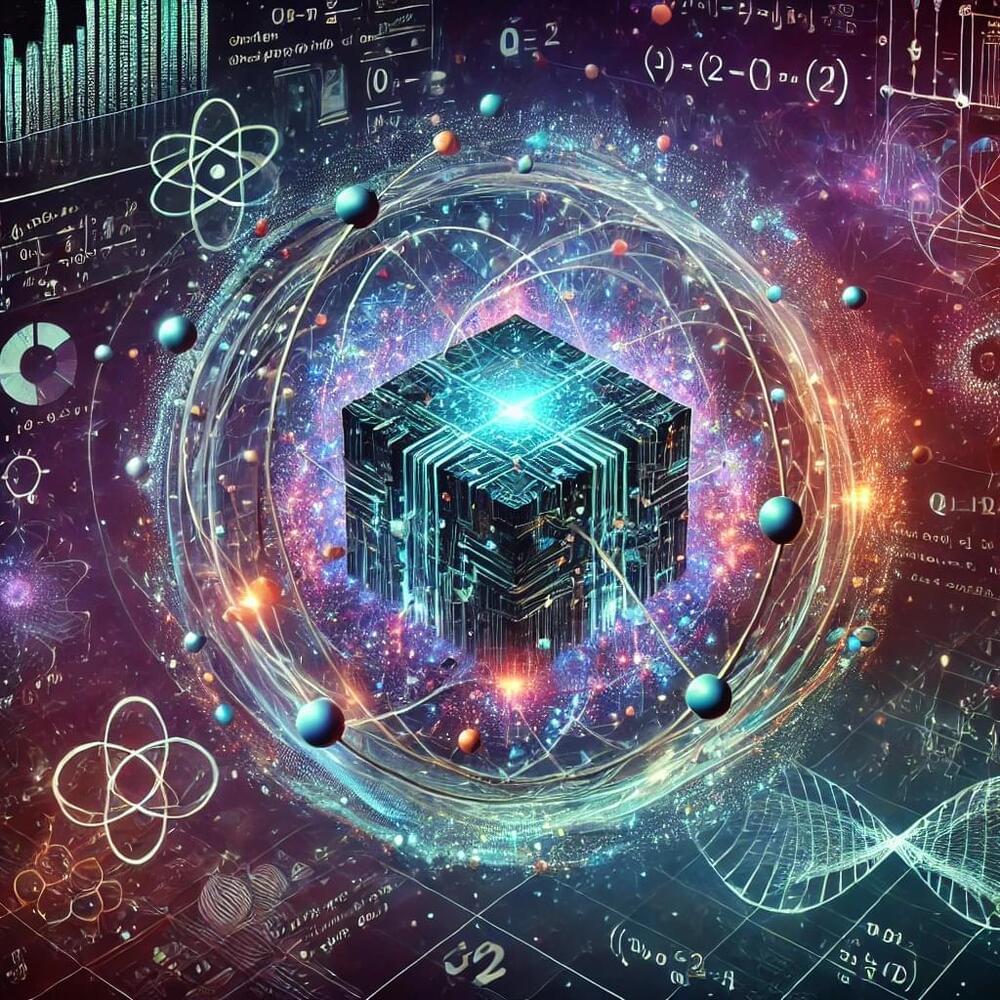A new mechanical computer made from an array of rigid, interconnected plastic cubes can store, retrieve and erase data simply by stretching the array and manipulating the position of the cubes. The device’s construction is inspired by the ancient Japanese art of paper cutting, or kirigami, and its designers at North Carolina State University in the US say that more advanced versions could be used in stable, high-density memory and logic computing; in information encryption and decryption; and to create displays based on three-dimensional units called voxels.
Mechanical computers were first developed in the 19th century and do not contain any electronic components. Instead, they perform calculations with levers and gears. We don’t often hear about such contraptions these days, but researchers led by NC State mechanical and aerospace engineer Jie Yin are attempting to bring them back due to their stability and their capacity for storing complex information.








